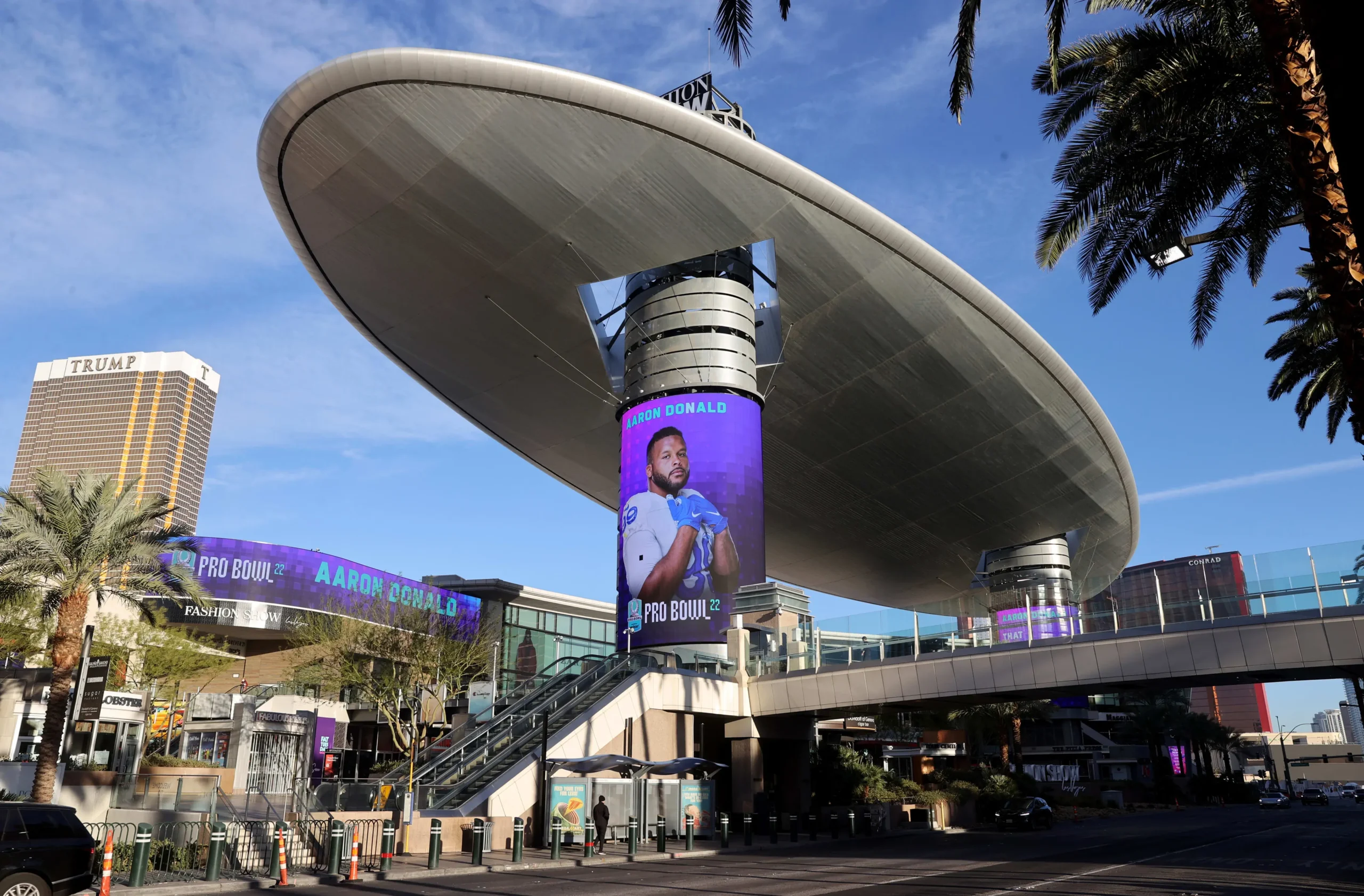arnessing Mobile Marketing: Strategies for SMS, Apps, Location-Based Services, and Optimized Content
Introduction
In the digital age, mobile marketing has become a critical component of comprehensive marketing strategies. With billions of smartphone users worldwide, brands have a unique opportunity to reach audiences directly and personally through their mobile devices. This guide explores the nuances of mobile marketing, focusing on SMS marketing, app-based marketing, location-based marketing, and mobile-optimized content. Each strategy offers distinct advantages and can be tailored to meet specific marketing objectives, enhancing engagement and driving conversions.
1. Mobile Marketing Overview
Mobile marketing involves reaching customers on their mobile devices using strategies tailored to these platforms. It capitalizes on the ubiquitous nature of smartphones to deliver timely and relevant marketing messages.
Benefits:
- Immediate Reach: Mobile devices are always carried, always on, and always connected.
- Personalization: Mobile offers unique opportunities for personalization, which can enhance user engagement.
- High Engagement Rates: Mobile campaigns generally see higher engagement rates than other digital marketing forms due to the personal nature of mobile devices.
Best Practices:
- Understand User Behavior: Analyze how your customers use their mobile devices and tailor your strategies accordingly.
- Integrate with Other Channels: Ensure mobile marketing is integrated with your overall marketing strategy for a seamless customer experience.
- Optimize for User Experience: Keep the mobile user experience front and center in your design and message delivery.
2. SMS Marketing
SMS marketing involves sending promotional campaigns or transactional messages for marketing purposes using text messages. These are typically concise and must capture the attention of the recipient quickly.
Benefits:
- Wide Reach: Almost every phone on the market can receive SMS, ensuring wide coverage.
- High Open Rates: SMS messages have an extremely high open rate compared to email.
- Immediate Delivery: SMS is a great channel for time-sensitive messages.
Best Practices:
- Consent is Key: Always obtain permission before sending SMS messages to respect privacy and comply with legal standards.
- Keep It Short and Sweet: SMS messages should be concise and to the point.
- Timing Matters: Send messages at appropriate times to maximize response rates and avoid inconveniencing customers.
3. App-Based Marketing
App-based marketing involves engaging with users through your own mobile application. This can include in-app advertisements, push notifications, or other marketing communications within the app.
Benefits:
- Engaged Audience: App users are typically more engaged because they’ve chosen to download your app.
- Rich Data Collection: Apps can collect rich data on user interactions, which can be used to personalize and improve the user experience.
- Diverse Engagement Tools: From push notifications to in-app messages, there are numerous ways to engage users.
Best Practices:
- Provide Value: Ensure your app provides genuine value to encourage downloads and regular usage.
- Optimize for Speed and Usability: Mobile users expect fast, easy-to-navigate apps.
- Regular Updates: Keep your app fresh with regular updates based on user feedback and behavior.
4. Location-Based Marketing
Location-based marketing uses GPS technology to provide marketing messages tailored to the geographic location of users. This can include location-triggered ads, local search ads, or promotions for nearby stores.
Benefits:
- Highly Relevant: Messages can be extremely relevant when they are based on the user’s location.
- Increased Local Traffic: Drive foot traffic to stores by reaching users who are nearby.
- Enhanced Customer Experience: Improve the customer experience by offering timely and useful information based on location.
Best Practices:
- Respect Privacy: Always be transparent about how you use location data and ensure privacy standards are met.
- Use Geofencing Wisely: Implement geofencing to trigger messages when users enter a certain area, but be mindful not to overdo it.
- Test and Optimize: Continuously test different messages and offers to see what works best in various locations.
5. Mobile Optimized Content
Creating content that is optimized for mobile devices ensures that your communications are effective and engaging on small screens and on the go.
Benefits:
- Improved User Experience: Mobile-optimized content is easier to consume on mobile devices, leading to better user satisfaction.
- Better Search Engine Ranking: Google ranks mobile-friendly websites higher in its search results.
- Increased Engagement: Well-optimized content can lead to longer engagement times and lower bounce rates.
Best Practices:
- Responsive Design: Use responsive design to ensure your content looks good on all screen sizes.
- Optimize Media: Compress images and videos to reduce load times without sacrificing quality.
- Simplify Navigation: Design your mobile site with a clear, easy-to-use navigation structure.
Conclusion
Mobile marketing offers diverse strategies to engage customers directly on their devices. By effectively utilizing SMS marketing, app-based marketing, location-based marketing, and creating mobile-optimized content, businesses can capitalize on the unique opportunities presented by mobile. These strategies allow for personalization, immediate reach, and high engagement, which are crucial for successful marketing in today’s mobile-first world. As mobile technology continues to evolve, so too should your marketing strategies to leverage these powerful tools.















